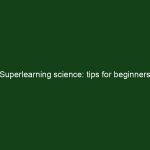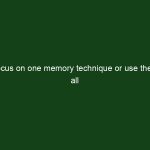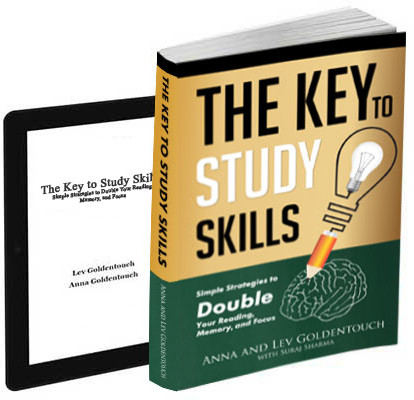For programmers: tips for functional programming
When we are talking about functional programming, we are talking about speed, efficiency and cross-platform support. Functional code is very close to machine language. It may use intrinsics of the processor, GPU code, SSE/Neon optimization, and lots of pointers. I love functional programming for its purity and no-nonsense approach. Functional programming may be dangerous and …
Continue reading “For programmers: tips for functional programming”
Danger in the Workplace – The Damaging Effect of Stress
A couple of weeks ago someone loved our article on time taking article. After a short discussion we decided to take it one step forward. We invited this article, since some of our students overwork and suffer from stress. The writers are brand-new non-profit organization improvedu and their support group. We do not usually do …
Continue reading “Danger in the Workplace – The Damaging Effect of Stress”
10 tips for learning infographic
A couple of weeks ago we got this infographic we would like to share: 10 tips for effective learning. What we like in this infographic is emphasis not on specific learning tips, but on how to organize your environment for effective learning. You are welcome to discuss.
My advice for a young programmer
I asked the superlearners on the programming group to send their advice to the beginning programmers. Below I summarize some of their suggestions with my own commentary. Always comment your code. Commented code is not only visually pleasing. We need to pass our code to other people to read. And if we have done something …
Superlearning science: tips for beginners
I did not understand about learning science until the second year of my PhD. At some point every method and technique I used started to fail. I read a lot, and the more I read the more helpless I felt. Things just did not work as I expected. Then I suddenly made a breakthrough and …
Continue reading “Superlearning science: tips for beginners”
Focus on one memory technique or use them all
Our program is quite tough. It suggests students to learn in ~8 weeks the learning skills that are meant to change their life. By putting this hard but not unreachable goal, we ask our students to work smart and hard. We assume that some students will succeed to master all the required techniques in 8 …
Continue reading “Focus on one memory technique or use them all”
Handling to do lists
To do lists are a major part of the daily routine for any productive professional nowadays. We have many different “to do lists” in addition to the classical “to do” list: action items from meetings, appointments in calendar, errand lists, bucket lists, checklists, lists of ideas, lists of things we have done… It seems that …
Converting weakness to strength
Quite often we talk about ways to convert our weaknesses to strengths. This is an important question, and we will return to it periodically. Most people feel flawed one way or another, even fundamentally flawed in many cases. With all the influx of seemingly perfect bodies, perfect vacations, perfect social lives and … (you name …
Bilateral drawing
We use neuroplasticity to improve brain power and generate new ways to do things. One of the ways to induce neuroplasticity is by doing certain motoric actions, like bilateral drawing. Drawing with both left and right hand has been a part of Anna’s toolset since I know Anna. And Anna used to ask me to …











